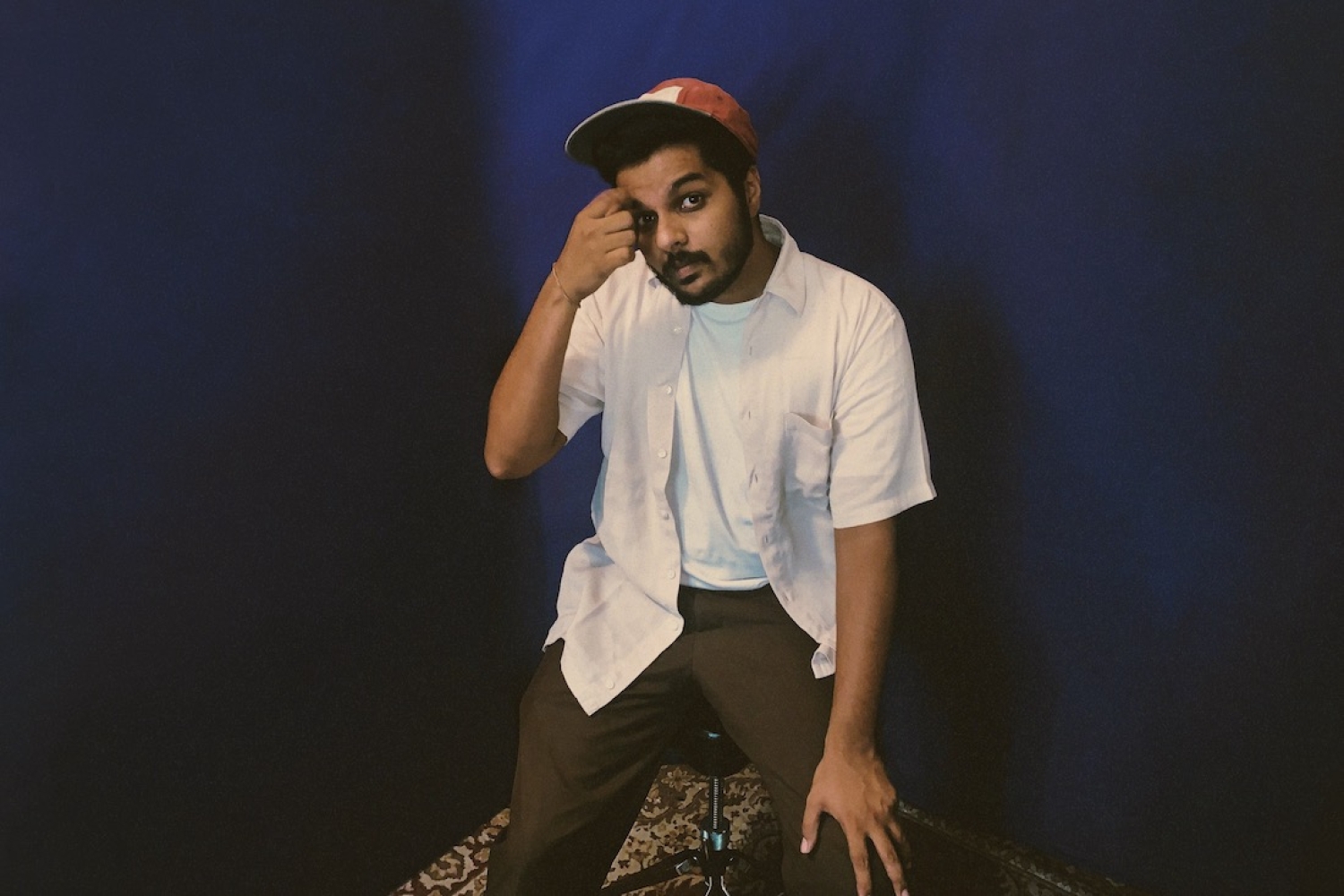
Photos by Friends Republic, styling by Durtyfits

Photos by Friends Republic, styling by Durtyfits
When Shashwat Bulusu was seventeen, he wrote his first-ever Hindi track. It was a produced at home, very minimally, and had a balm-like quality to it. It got picked up by his listeners, but he for some reason always shied away from this piece of art that he had created. Countless requests poured in every time he performed, and it isn’t difficult to understand why Raani evokes the reaction it does. It accumulated thousands of views and fans for its optimism and melancholy. Last weekend, Shashwat officially released the track for his listeners as a surprise, ten years after it was written. He talks about his journey with it below.
Raani was your debut Hindi track. Where were you in life when you wrote that song?
I was a seventeen-year-old, just about to finish my schooling, trying to decide if I wanted to become a designer or a lawyer. Music was not on the cards. I used to write because it gave me the feeling of having something that’s my own creation. I lacked any world experiences, I had just lived the last seventeen years in Baroda, oblivious of things happening outside my city. I think that shows in the song as well. In my head the song is somewhat aspirational.
How did you decide on its structure, the melody, the lyrics? What came to you first?
It was the guitar. I played the most simple chords and had just learned how to fingerpick. The rhythm came from me having just learned the technique. Then came the melody, which stayed quite simple because I didn’t have a grasp over the craft of writing back then. I was doing it for the fun of it, and in the same vein, the lyrics came in. I was trying to emulate a sound or a feeling which was familiar to me. It somehow started to point towards wanting to be somewhere that wasn’t Baroda. I felt stepping out was what I needed. Ten years later, I’m still in Baroda.
Your audience could never let go of Raani — why do you think they resonated with the song so much?
I think it’s the simplicity. There’s no fluff, it’s not coded and the lyrics fairly remain very direct, and what they heard was a live version of the song which was raw, had human errors. I think those videos and the bootleg captured a moment in time. Almost like an archive of who I was at that point.
You told us once that music evokes excitement in you. Does that still hold true?
Yes. I still get excited with the prospect of writing something new. I’ve learned to deal with the excitement better now though. I’ve learned to step away if I get too excited about something and revisit it with a little more objectivity. In the past, I would get carried away and not do justice to what the song could’ve been.
Do you think the art should be kept separate from the artist?
I don’t particularly think so. As much as an artist would try to distance themselves from a work, the art does reflect in some capacity who the artist is/was at the time they created their work. They might not agree with it anymore or might not like it, but it still is a representation of the artist.
What can you tell us about the new music you’re creating?
My new music sounds very different from the past. What I am talking about in these new songs are better articulated than what I have done in the past. I’ve allowed myself to say things and not try and hide my thoughts too much under layers of “poetic freedom”. It comes from my need to write every single day so that I have control over my craft. The new music is in some ways a curation of what I believe was the best of what I wrote in the last two years. It’s somber and fun at the same time. It is who I am today.
Words Hansika Lohani
Date 28-06-2023